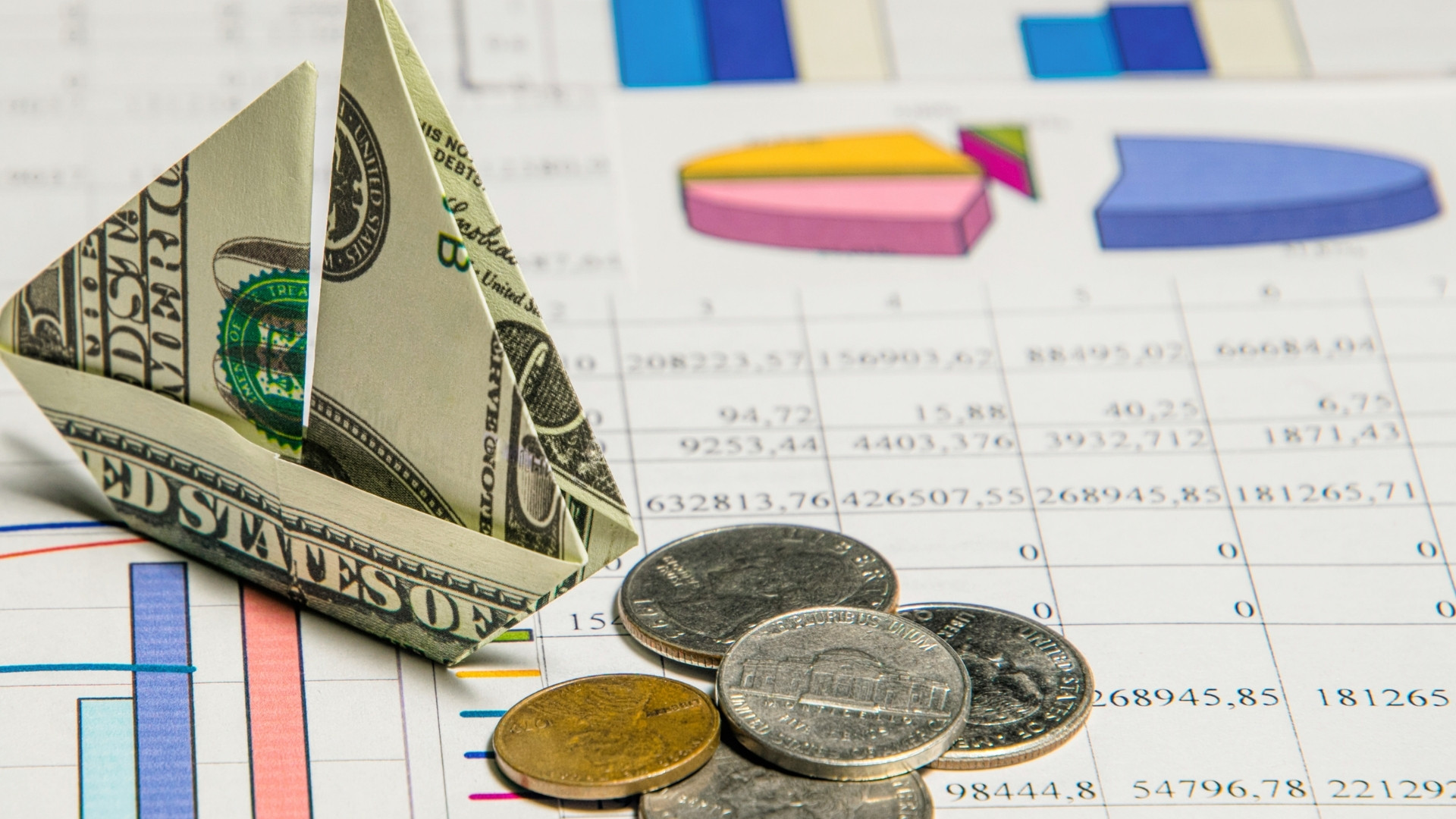Remittance Growth | Inflation | Nepal Economy | Imports | Exports

In mid-May 2025, year-on-year consumer price inflation eased to 2.77%, down sharply from 4.40% the previous year, according to the latest macroeconomic update released by Nepal Rastra Bank (NRB) on June 10. This cooling trend reflects a notable slowdown in price increases across key sectors.
Food and beverage inflation moderated to 1.52%, a significant drop from last year’s 6.41%. Meanwhile, inflation for non-food items and services ticked up slightly to 3.45%, compared to 3.09% in the same period last year.
While food prices have become more stable, other sectors are experiencing modest inflationary pressures. Data points to a more subdued inflation environment as of mid-2025, offering some relief to consumers grappling with rising costs in recent years. However, when accounting for the base effect, prices are still elevated and consumers may not yet feel a significant reduction in their cost of living.
Similarly, the country’s remittance inflows have surged by 13.2% during the first ten months of the current fiscal year 2024/25, reaching a record NRs 1,356.61 billion (1.36 trillion).
This growth underscores remittances as the country's largest source of foreign exchange, although the pace of increase has slowed compared to the 16.9% rise recorded in the same period last year.
Monthly data reveals robust inflows, with the Nepali month of Baisakh 2082 (mid-April to mid-May 2025) alone witnessing a record-breaking NRs 165.30 billion in remittances—a sharp jump from NRs 115.99 billion in the same month last year. This marks the highest monthly remittance inflow ever recorded in Nepal.
In US dollar terms, remittance inflows reached $9.96 billion during the review period, reflecting a 10.5% year-on-year increase, slightly below the 14.8% growth seen in the previous fiscal year. Net secondary income, which includes net transfers, also rose to NRs 1,479.08 billion from NRs 1,301.75 billion in the same period last year.
The growth in remittances is closely linked to increased foreign labor migration. During the ten-month period, 405,610 Nepali workers received first-time approvals for foreign employment, while 280,314 workers obtained re-entry approvals. These figures represent a significant rise from 373,307 and 236,398 approvals respectively in the previous year, signaling sustained labor migration as a key driver of remittance inflows.
Alongside remittance growth, Nepal's foreign exchange reserves have soared by 23.1% to NRs 2,512.95 billion as of mid-May 2025, up from NRs 2,041.10 billion in mid-July 2024. In dollar terms, reserves rose 20.5% to $18.40 billion.
The reserves held by NRB increased by 19.6% to NRs 2,211.11 billion, while those held by banks and financial institutions jumped 56.8% to NRs 301.83 billion. These reserves are sufficient to cover 17.4 months of merchandise imports and 14.6 months of combined merchandise and services imports, reflecting strong external sector stability.
Key indicators also point to improved reserve adequacy: the ratio of foreign exchange reserves to GDP rose to 41.1% from 35.8%, the reserves-to-imports ratio improved to 121.4% from 108.6%, and the reserves-to-M2 money supply ratio increased to 33.8% from 29.3% over the same period.
Similarly, merchandise exports surged by an impressive 72.7% to NRs 217.91 billion during the first ten months of the 2024/25 fiscal year, a sharp turnaround from a 3.6% decline in the same period last year.
Exports to key markets showed mixed but mostly positive trends: shipments to India more than doubled with a 104.7% increase, while exports to China and other countries rose by 5.1% and 4.2%, respectively.
Key export products driving growth included soybean oil, polyester yarn and thread, tea, jute goods, and oil cakes. However, some items such as palm oil, zinc sheets, readymade garments, juice, and cardamom experienced declines during this period.
On the import side, Nepal saw a 13.1% rise in merchandise imports, reaching NRs 1,474.19 billion, reversing a 2.4% drop from the previous year. Imports from India grew by 7.9%, China by 15.1%, and other countries by a notable 28.3%.
Increased imports were led by crude soybean oil, rice and paddy, edible oils, transport equipment, vehicles and spare parts, and sponge iron. Conversely, imports of petroleum products, gold, electrical equipment, chemical fertilizers, and coal decreased during the review period.
Read More Stories
Kathmandu’s decay: From glorious past to ominous future
Kathmandu: The legend and the legacy Legend about Kathmandus evolution holds that the...
Kathmandu - A crumbling valley!
Valleys and cities should be young, vibrant, inspiring and full of hopes with...
Understanding federal grants in fiscal federalism
Local budgets are where democracy meets the daily lives of citizensthis is a...